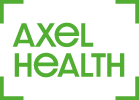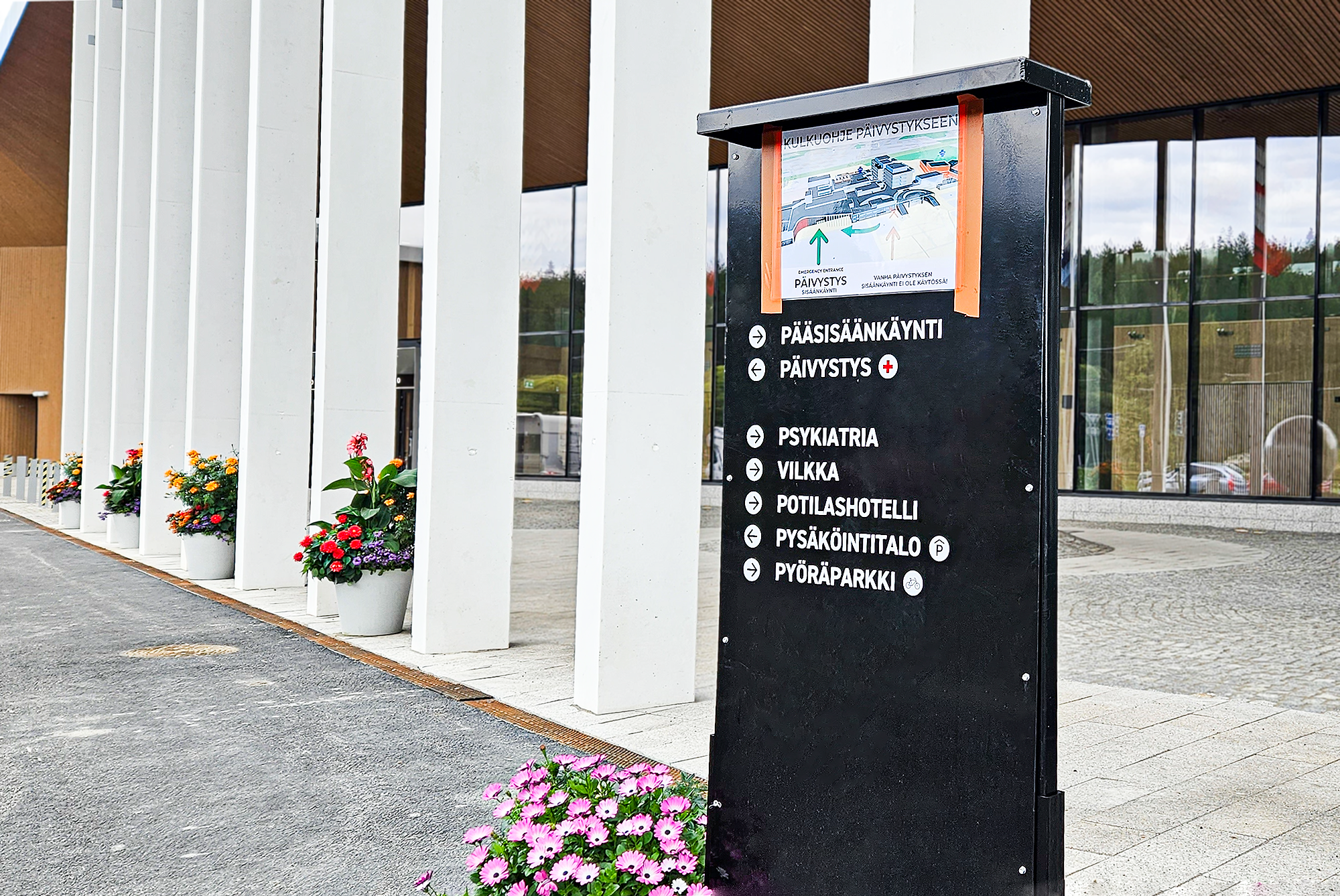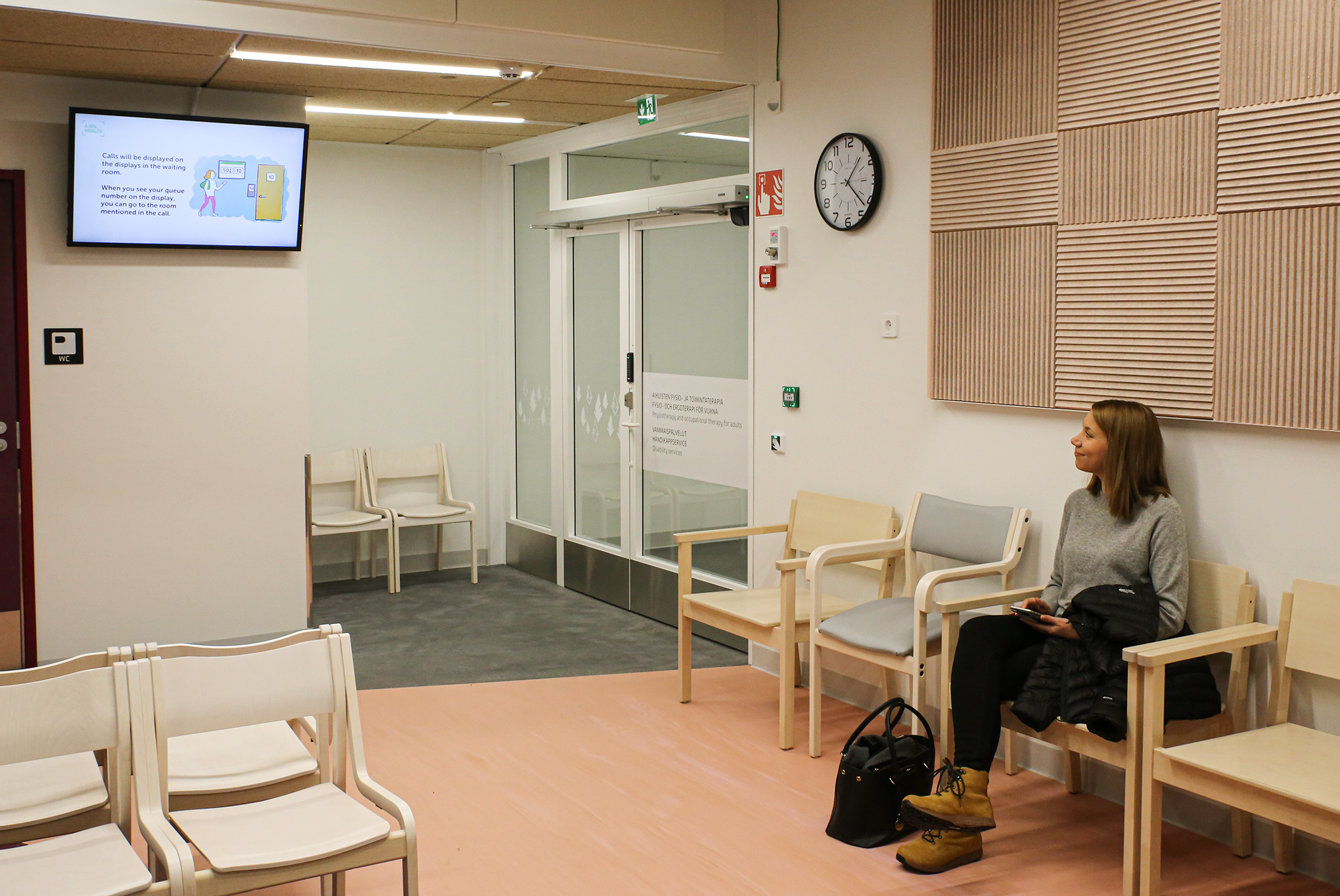Automation and digitalization bring remarkable benefits and improvements to emergency services. They're not just elevating patient experiences and optimizing workflows but also saving invaluable time and resources. Can these advancements also contribute to crafting precise reports that push operational efficiency even further?
Monitoring patient lead times
Within emergency services, one central aspect of reporting is tracking patient flow across various locations and among different healthcare professionals. Patient lead time is the duration a patient spends in the emergency department, from their arrival until departure. Using an automated patient flow management system enables real-time monitoring of these lead times, subsequently enabling the generation of more accurate reports.
Automated processes allow recognizing potential bottlenecks and smoothing the patients’ treatment paths. If, for instance, patient lead times are extended, a comprehensive analysis can pinpoint the underlying causes, prompting strategic corrective actions. Such constraints often arise from the organization's established processes or individual work methods.
Tracking healthcare professionals’ use of time
Another critical metric revolves around the time that healthcare professionals allocate to each patient. Through tools utilizing automation, large amounts of data regarding the time staff spend in patient care, diagnostics, and other necessary procedures can be collected. This, in turn, helps in gaining a profound understanding of time allocation and subsequently facilitates resource utilization.
Moreover, automation is not just about efficiency – it's also about trimming manual tasks, such as paperwork and information transfers, allowing healthcare professionals to focus more on direct patient care.
Identifying idle time
The resources of the healthcare sector are consistently stretched thin and the demand is always at least as high as the capacity. This scarcity of resources makes wasted minutes far more precious. Common idle time scenarios include vacant consulting rooms, underutilized state-of-the-art equipment, and idle time of professionals. Modern patient flow management systems meticulously record timestamps at each stage of the patient flow, thus allowing to delve into the details of idle time through comprehensive analysis.
Anticipating demand
By combining information from diverse communication channels (walk-ins, phone calls, online inquiries) with contextual elements (seasonal variations, local events, weather conditions), it's possible to craft predictive models for emergency and urgent care units. Computational prowess, AI models, and voluminous data has now paved the way for predictive models in healthcare. In the years ahead, we're going to witness these predictive models expand across the entire healthcare landscape. Naturally, this evolution hinges on the availability of substantial raw data. The precision of these forecasts ultimately translates to optimized resource allocation.
Role of analytics in transforming emergency services
However, the journey doesn't conclude with reports – it’s important to meticulously dissect and sensibly utilize the collected data. Analytics offer a vantage point to discern trends, chart developmental trajectories, forecast future requirements, and recognize potential obstacles before they turn into monumental challenges.
The synergy of accurate reporting and insightful analytics fuels the ongoing development of emergency services. This synergy offers information and insights that help improve operational excellence, streamline processes, and, above all, enrich the patient experience. With the help of automation and digitalization, emergency services will be able to tackle forthcoming challenges and provide the best possible care for patients.



.png)

